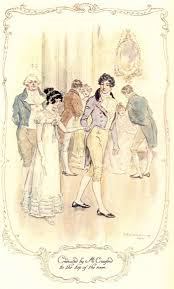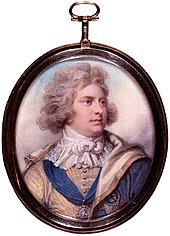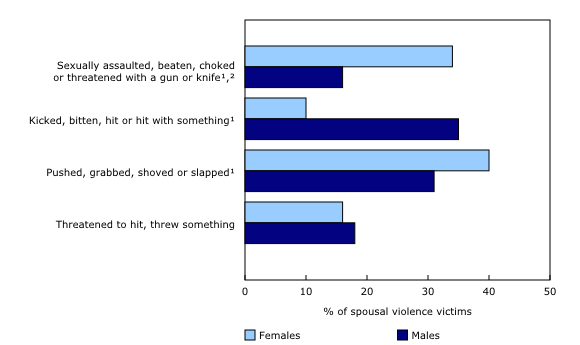 Most of us have heard the term ‘Regency England’ at some point. You may associate it with a particular kind of romance novel, or with the novels of Jane Austen. You might even rightly recognize that the women’s fashions of the time included high-waisted (“Empire”) dresses with fairly slender skirts (no hoops or bustles).
Most of us have heard the term ‘Regency England’ at some point. You may associate it with a particular kind of romance novel, or with the novels of Jane Austen. You might even rightly recognize that the women’s fashions of the time included high-waisted (“Empire”) dresses with fairly slender skirts (no hoops or bustles).
The Regency in Great Britain has both a broad and a technical definition. Specifically it refers to the period of time during which King George III was considered too ill to rule and his son, the Prince Regent, ruled as his proxy, from 1811-1820.

Miniature of George IV, circa 1792
However, many scholars consider the Regency era to have begun as early as 1795. George III–the king whose taxes precipitated the American Revolution–was already suffering recurring bouts of mental illness by this time, and his son’s extravagant lifestyle and patronage of the arts were beginning to have significant impact on the culture of the time. The Regency saw sweeping innovation in architecture (Robert Adam, John Nash), literature (Jane Austen, Mary Shelley) and fashions (Beau Brummel).
Upon George III’s death, the Prince Regent became George IV, and reigned until his own death ten years later. His younger brother William IV then reigned for seven years. Upon his death without legitimate children, his niece Victoria was crowned queen in 1837, and the Regency era ended absolutely, making way for the Victorian era.
Advertisements Share this:




